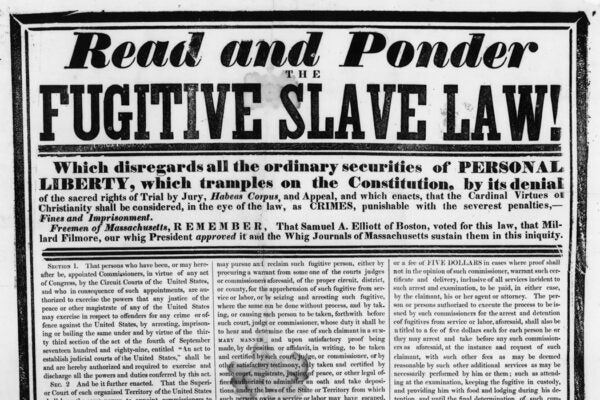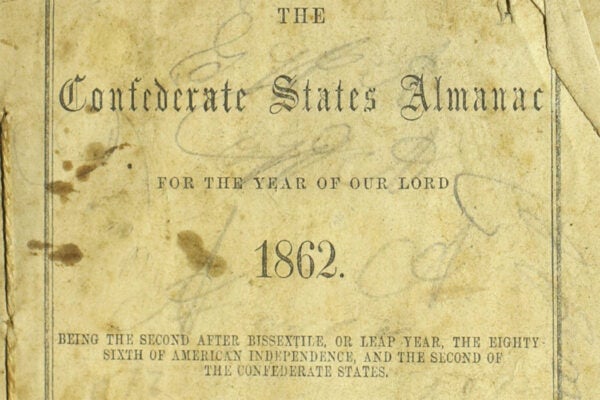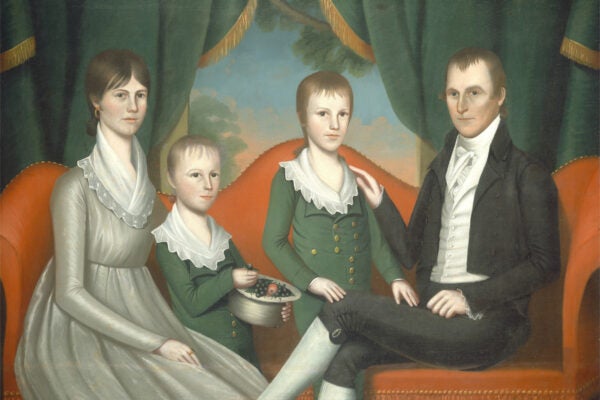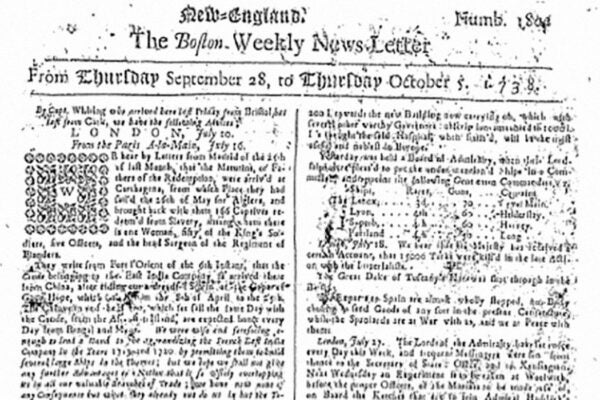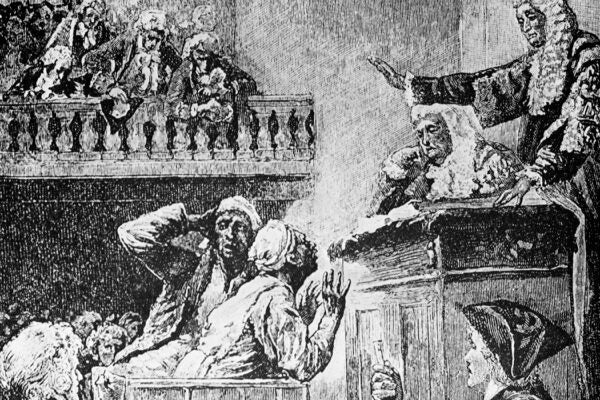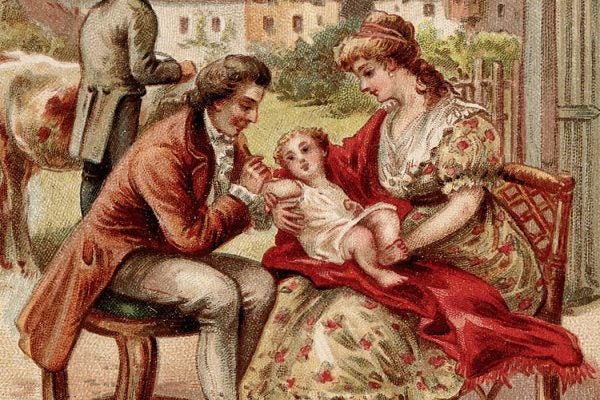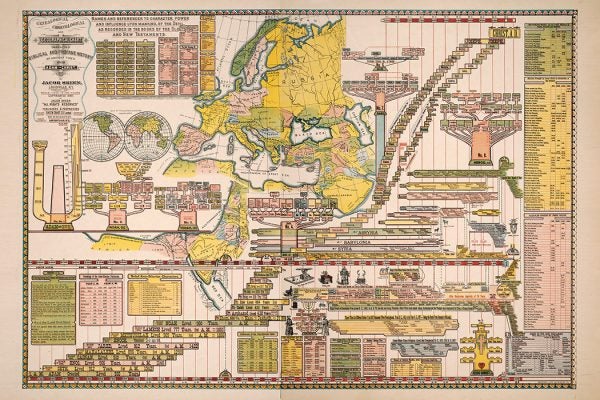The Fugitive Slave Act of 1850: Annotated
The Fugitive Slave Act erased the most basic of constitutional rights for enslaved people and incentivized US Commissioners to support kidnappers.
Webster’s Dictionary 1828: Annotated
Noah Webster’s American Dictionary of the English Language declared Americans free from the tyranny of British institutions and their vocabularies.
On Harvests and Histories
Almanacs from the Civil War era reveal how two sides of an embattled nation used data from the natural world to legitimize their claims to statehood.
The Nashville Museum of Natural and Artificial Curiosities
Inspired by Peale’s Philadelphia Museum, artist and collector Ralph E. W. Earl founded a similar institution in Tennessee in 1818.
Inventing an American Indian Rebellion
False rumors of an alleged Wampanoag uprising on Nantucket Island in 1738 were turned into a story of an Indian rebellion thwarted via a Boston newspaper.
Was the Conspiracy That Gripped New York in 1741 Real?
Rumors that enslaved Black New Yorkers were planning a revolt spread across Manhattan even more quickly than fires for which they were being blamed.
Sinners in the Hands of an Angry God: Annotated
Jonathan Edwards’s sermon reflects the complicated religious culture of eighteenth-century America, influenced not just by Calvinism, but Newtonian physics as well.
Praising Maple Sugar in the Early American Republic
In Early America, some prestigious residents advocated for the replacement of cane sugar, supplied by enslaved workers, with maple sugar from family farms.
The National Vaccine Institute and Vaccination For All
The early US fight against smallpox was helped by the establishment of the National Vaccine Institute, an agency that wouldn't survive government mistrust.
Where Did Family-Bible Genealogies Come From?
Royal lineage tracing, British laws of inheritance, and patriarchal Protestantism all contributed to the genealogical literacy of some Americans.
